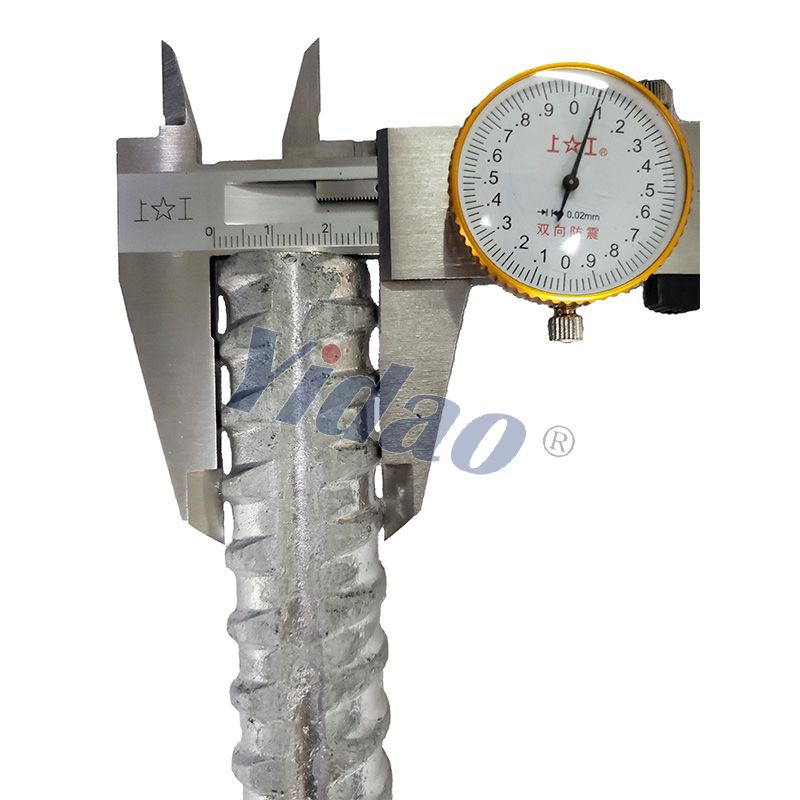Features and Benefits of Threaded Bar
Threaded bars, also known as threaded rods or studs, are versatile fastening components widely used in construction, manufacturing, and various other industries. They provide a reliable and sturdy connection between two or more objects, offering superior strength and stability. In this article, we will explore the features, benefits, and applications of threaded bars.

What is Threaded Bar?
A threaded bar is a long, cylindrical metal rod with threads running along its entire length. These threads allow for the attachment of nuts, washers, or other fastening components. Threaded bars come in various materials such as steel, stainless steel, brass, or aluminum, each offering specific properties suitable for different applications.
Features and Benefits
Versatility: Threaded bars are highly versatile and can be used in a wide range of applications. They can be easily cut to the desired length and combined with various fastening components to create custom solutions for specific needs.
High Strength: Threaded bars are designed to provide exceptional strength and load-bearing capacity. They offer a reliable connection that can withstand heavy loads, making them ideal for structural applications.
Easy Installation: Threaded bars are simple to install, requiring only basic tools such as wrenches or spanners. They can be easily adjusted or tightened as needed, allowing for quick and hassle-free assembly.
Adjustable Length: One of the key advantages of threaded bars is their ability to be easily cut to the required length. This flexibility allows for precise fitting in different applications and ensures a secure connection between objects of varying distances.
Corrosion Resistance: Threaded bars made from materials like stainless steel or galvanized steel exhibit excellent corrosion resistance. This makes them suitable for outdoor or high-moisture environments where protection against rust and deterioration is crucial.
Cost-Effective: Threaded bars are a cost-effective solution for fastening applications. Their versatility, durability, and ease of installation make them a reliable and economical choice compared to other fastening methods.
Applications
Construction: Threaded bars are extensively used in the construction industry for structural applications. They provide secure connections for steel beams, columns, or concrete elements. Threaded bars are also used in formwork systems, scaffolding, and anchoring applications.
Mechanical and Engineering: Threaded bars are widely employed in mechanical and engineering industries for assembling machinery, equipment, and components. They are used in the fabrication of conveyors, supports, brackets, and framework structures.
Plumbing and HVAC: Threaded bars find application in plumbing and HVAC (Heating, Ventilation, and Air Conditioning) systems. They are used to secure pipes, ducts, and fixtures, providing a sturdy and adjustable connection.
Electrical Installations: Threaded bars are utilized in electrical installations for grounding purposes. They provide a secure connection for grounding rods, lightning protection systems, and electrical equipment.
Automotive and Manufacturing: Threaded bars play a vital role in automotive and manufacturing industries. They are used in assembly lines, production equipment, and jigs and fixtures. Threaded bars enable the fastening of components, allowing for efficient and streamlined manufacturing processes.
DIY and Home Improvement: Threaded bars have a place in DIY projects and home improvement tasks. They can be used for furniture assembly, hanging fixtures, mounting shelves, or creating custom structures.
Threaded rebars are versatile and robust fastening components that offer numerous benefits across various industries. Their strength, adjustability, and ease of installation make them an indispensable solution for creating secure connections. Whether in construction, mechanical engineering, plumbing, electrical installations, or DIY projects, threaded bars provide a reliable and cost-effective fastening solution.



